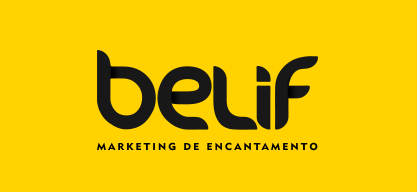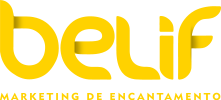Build considering is a layout methodology that delivers a solution-based approach to resolving problems. It’s acutely beneficial in tackling complex issues that were ill-defined or unfamiliar, by knowing the man goals present, by re-framing the issue in human-centric approaches, by producing a lot of options in brainstorming periods, and also by following a hands-on means in prototyping and evaluation. Recognizing these five levels of layout planning will empower one to implement the style Thinking methods to resolve complex conditions that take place all around — inside our enterprises.
We will focus on the five-stage layout wondering design recommended by the Hasso-Plattner Institute of Design at Stanford (d.school). d.school could be the trusted university with regards to training style planning. The five stages of Design reasoning, in accordance with d.school, are as follows: Empathise, establish (the trouble), Ideate, Prototype, and Test. Let’s look closer at five different stages of layout reasoning.
1. Empathise
Author/Copyright holder: Teo Yu Siang and Communicating Design Basis. Copyright laws license: CC BY-NC-SA 3.0
The initial period from the Concept Thinking process is earn an empathic comprehension of the situation you may be trying to solve.
This calls for asking gurus to find out more regarding part of worry through observing, engaging and empathizing with people in order to comprehend their activities and motivations, along with immersing yourself when you look at the bodily ecosystem in order to gain a better individual knowledge of the issues engaging. Empathy is essential to a human-centered concept procedure instance style reasoning, and empathy permits concept thinkers to put away their assumptions towards globe in order to obtain understanding of people and their goals.
Dependent on times limitations, a substantial amount of information is collected at this point to make use of during the subsequent level also to build the perfect knowledge of the users, their demands, therefore the issues that underlie the development of that particular item.
2. Define (the challenge)
Author/Copyright owner: Teo Yu Siang and Connection Build Base. Copyright laws licence: CC BY-NC-SA 3.0
Through the establish phase, you put with each other the information you may have produced and gathered through the Empathise phase. This is when you certainly will evaluate your observations and synthesise all of them to be able to establish the key conditions that you and your team have determined as much as this aspect. You need to seek to establish the challenge as a problem report in a human-centred manner.
To express, instead of defining the challenge as the very own want or a need regarding the company instance, “We need certainly to augment the food-product share of the market among younger adolescent women by 5%,” a better way to define the challenge was, “Teenage women should consume healthy food to flourish, end up being healthy and expand.”
The identify period will help the designers within group assemble fantastic suggestions to determine characteristics, performance, and every other aspects that will allow these to solve the problems or, at the very least, allow customers to eliminate dilemmas on their own with the minimum of trouble. Inside describe stage you’ll start to advance towards the next phase, Ideate, by inquiring concerns which can help you appear for ideas for options by inquiring: “How might we… inspire teenage babes to do an action that benefits all of them and also involves your organization’s food-product or service?”
3. Ideate
Author/Copyright owner: Teo Yu Siang and Discussion Design Base. Copyright license: CC BY-NC-SA 3.0
Through the third level in the Concept planning procedure sugardaddy, developers are ready to beginning producing information.
You’ve developed to comprehend the customers and their specifications in Empathise period, and you’ve analysed and synthesised the findings inside the Define stage, and wound up with a human-centered problem declaration. With this good background, both you and your team members can start to “believe beyond your field” to spot brand-new answers to the trouble report you’ve produced, and you may begin to look for alternate means of seeing the challenge. You will find countless Ideation strategies such as for instance Brainstorm, Brainwrite, evil potential tip, and SCAMPER. Brainstorm and evil potential concept sessions are typically regularly stimulate free wondering and to increase the problem area. You will need to become as numerous strategies or complications options as you are able to at the outset of the Ideation level. You ought to choose various other Ideation strategies by the end in the Ideation phase to assist you research and test thoroughly your strategies so you’re able to get the best way to either resolve problems or offer the items expected to circumvent they.
4. Model
Author/Copyright holder: Teo Yu Siang and Interacting With Each Other Style Foundation. Copyright laws license: CC BY-NC-SA 3.0
The style professionals will now build numerous low-cost, scaled-down forms associated with items or certain characteristics found
around the goods, so that they can explore the situation systems generated in the last level. Prototypes may be provided and analyzed within the professionals alone, various other divisions, or on limited population group outside the style professionals. This is certainly an experimental phase, additionally the objective should recognize the best possible solution for each from the difficulties identified during the very first three stages. The solutions become applied around the prototypes, and, one after the other, they’ve been examined and either approved, increased and re-examined, or rejected on the basis of the users’ experiences. Towards the end within this period, the look professionals need a better thought of the limitations intrinsic into items additionally the issues that exist, and also have a clearer look at exactly how actual consumers would act, consider, and feel when getting the finish item.

